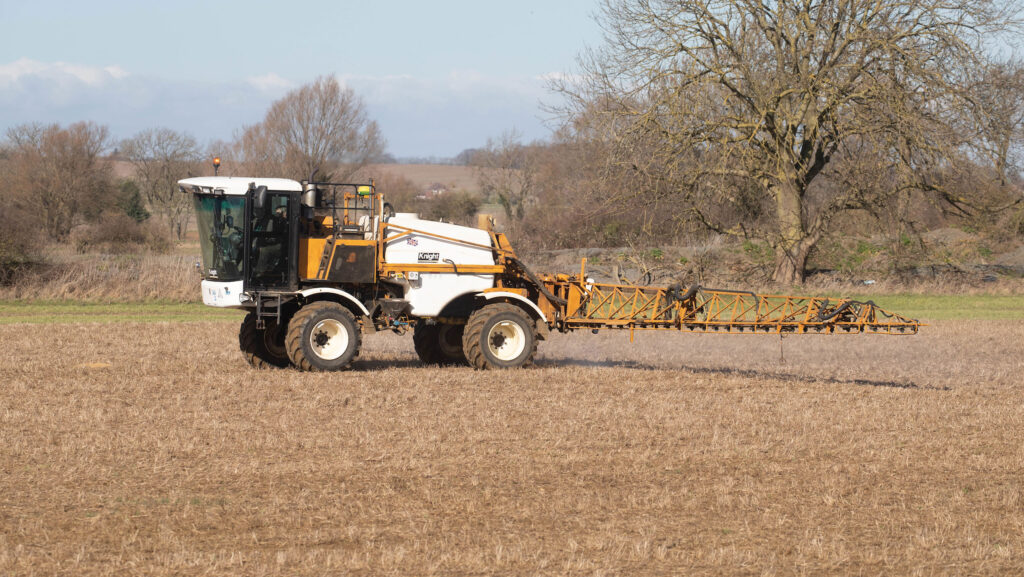Learning lessons from 2024 on pre-drilling glyphosate use
 © Tim Scrivener
© Tim Scrivener Eliminating weeds with glyphosate pre-drilling prepares the way for residual herbicides to control the next wave of weed germination in crops, but there were reports of poor control last spring.
Stale seed beds and cleaning is a key part of herbicide programmes, and this autumn will be no exception with a greater need to as farmers face greater seed return from patchy control last season.
See also: SFI 2024 changes: What they mean for arable farmers
Bayer agronomist Roger Bradbury looks at the lessons from last spring to help farmers get the best results this time around.
Correct application
Last spring, Bayer received a few of reports of control well below expectations.
“On investigation we found that application conditions, timing and rates all contributed to poor control,” says Roger.
He recalls that spray days were few and far between, so weeds grew significantly between the time of the recommendation and application, meaning the rate was too low.
“Of course, with limited spray opportunities, farmers may have applied in marginal conditions or gone well above the recommended 12km/h to cover the ground in limited time.”
Also, the exceptionally wet field conditions in early spring meant that target plants were under stress, affecting plant growth hence translocation of glyphosate within the weed.
Roger adds that some applications were delayed until stem extension when glyphosate is translocated to the growing tip, but not to the roots leading to potential regrowth.
However, this is not relevant to autumn applications.
This autumn
Roger emphasises that correct rate and conditions are equally relevant to autumn.
“Make sure the rate is sufficient to kill the target, use Roundup delivering at least 720g/ha glyphosate for blackgrass and 1,080g/ha for brome, ryegrass and couch.”
Trying to cover ground too quickly is probably the biggest danger. Speeds in excess of 12km/h lead to more turbulence and drift; these effects are multiplied at higher boom heights and on rougher ground.
The result is inconsistent spray distribution with some areas receiving less than the intended dose.
“The target weed is usually quite small in autumn, so it’s easy to miss some plants if the application isn’t right.”
Roger urges farmers to monitor results of all glyphosate applications to ensure they are getting good control.
Stewardship
Achieving good immediate control with Roundup also helps secure the long-term efficacy of the product. Sub-optimal doses of glyphosate increase the risk of resistance developing.
“As mentioned, use the right rate for the target, and apply it properly so the correct rate reaches the target. If you are making two applications in the same field, ensure there is cultivation in between as an alternative form of weed control.”
One thing Bayer is particularly concerned about is farmers reducing rates and adding citric or fulvic acid to compensate.
“Our trials show control is reduced and it’s a stewardship risk.”

